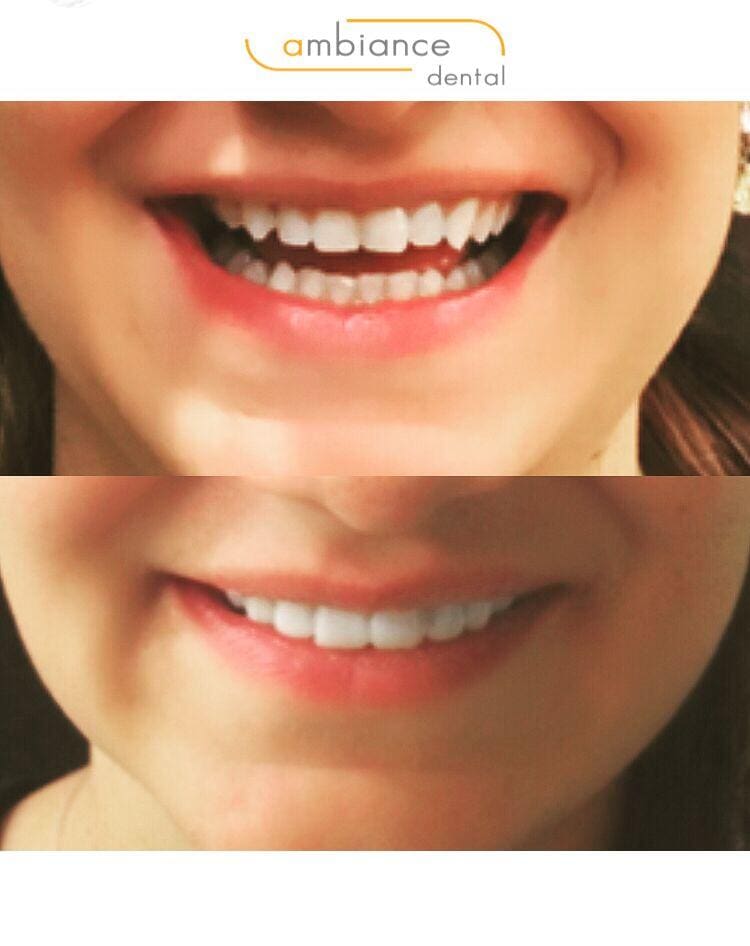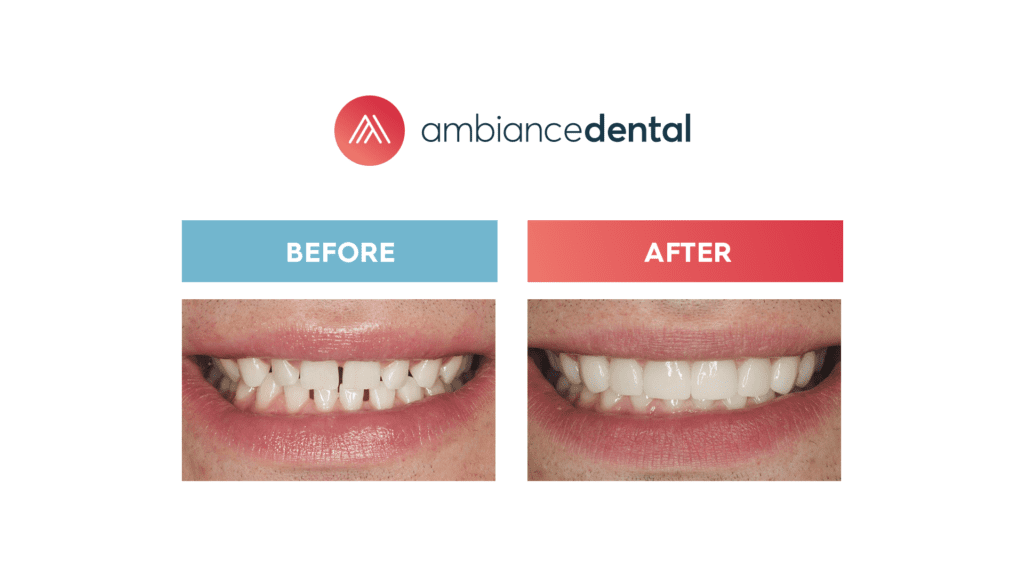What are the Elements of the Perfect Smile?

Significant advancements in digital smile design have allowed dentists to give their patients the perfect smile. The ideal smile can be designed using software so patients can see what the end results will look like and create a plan with their dental team to get there.
Knowing that you can have an amazing smile is very reassuring, but you may be wondering what actually qualifies as perfect. In this article, we explore what the elements of a perfect smile are and how they work together to give you spectacular results.
When looking at the elements of a perfect smile, we examine the face in relation to the mouth, evaluating each tooth and looking at material selection considerations.
In each element of the perfect smile, there are 2 types of esthetics to consider – macro and micro. Macro esthetics include the interrelationships between the face, lips, gums, and teeth and the perception that these relationships are pleasing. Micro esthetics involves the esthetics of an individual tooth and the perception that the color and form work together to create an effect that is pleasing.
There are 5 levels of aesthetics:
- Facial
- Total facial form and balance
- Oral-Facial
- Upper and lower jaw relationship to the face and the dental midline of the face pertaining to the teeth, mouth, gums
- Oral
- The relationships of the lips to the arches, gums, and teeth
- Dentogingival
- The relationship of the gums to the teeth collectively and individually
- Dental
- Macro and micro dental esthetics, both between and within the tooth

Ideal position for the sharpened edge of the front teeth is an important metric in determining the perfect smile for your face. This is determined by looking at where in the face the upper line of the sharpened edges of the front teeth are, if there is proper tooth display, both statically and dynamically, and if there is proper intra- and inter-tooth relationships.
Smiles are evaluated by their relationship to certain facial landmarks which refers to the amount of the upper two front teeth displayed when the lips are at rest, the amount of gum tissue revealed, and the proximity of the line of the sharpened edge of the 4 front teeth to the lower lip. Many people perceive fuller and brighter smiles as more esthetic, so 4 mm of the upper two front teeth displayed while the lips are at rest is considered ideal. In an esthetically perfect smile, seeing no more than 2 mm of gums when you are fully smiling is ideal and the line of the sharpened edge of your front teeth should come very close to and almost touch the lower lip, being no more than 2 mm away.

Also a critical metric in determining a perfect smile is the placement of the roundest portion of the gums (the gum line)—and the scalloped shape, in particular. The gum line should be relatively parallel to the horizon for your 4 front teeth and symmetric on each side of the midline of the face. The gum contours (or scallop) should follow a radiating arch similar to the line across the edges of your front teeth.
Related to normal gum form is midline placement. Although usually the first issue addressed in smile design, it is not as significant as tooth form, gum form, tooth shape, or smile line. Several rules can be applied when considering how the midline creates an esthetic smile design. You want the midline to be within 4 mm of the center of the face, to be esthetically pleasing. You also want the midline to be vertical when the lower jaw is completely at rest.
Tooth shapes based on facial characteristics should also be considered when looking at what makes the perfect smile. When you have a longer face, a more rectangular tooth is appropriate. For someone with a square face, a more square tooth looks best. The length of teeth also affects esthetics. The esthetic zone for your two front teeth is between 10.5 and 12 mm, with the two teeth on either side of the two front teeth between 1 mm to a maximum of 2.5 mm shorter than the fronts, and the canines slightly shorter than the front teeth by between 0.5 to 1 mm.
The inter-tooth relationship, or arch form, involves the golden proportion and position of tooth width. Natural portions demonstrate that the teeth beside your front teeth should be between 60 to 70% of the width of the front teeth, which is larger than the golden proportion, however, a rule guiding proportions is that the lower portion of the teeth should be perceived to occupy less visual space.
As you can see, there are many elements that come together to create the perfect smile. While very few are born with all of these elements in perfect alignment, cosmetic dentistry makes it possible for most to acquire a stunning smile. The dental team at Ambiance are experts in smile design and building a plan to get each of our patients the most beautiful smile for their unique face. Book a consultation today to discover how truly amazing your smile can be!
